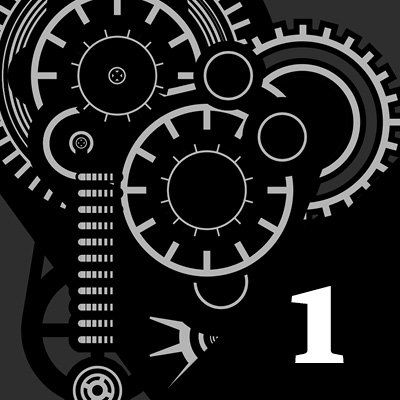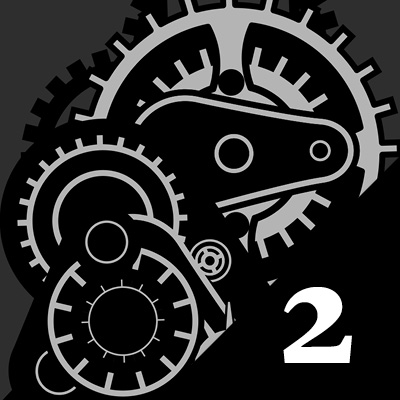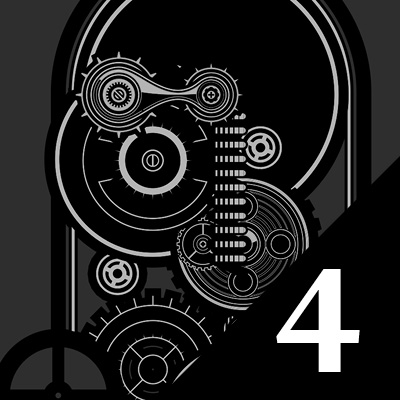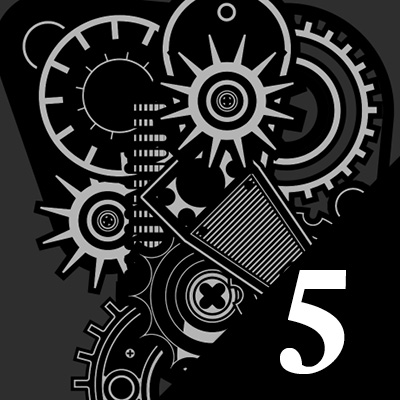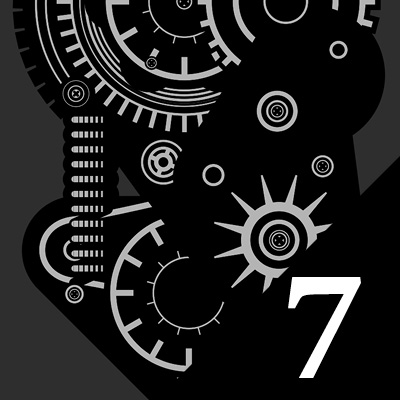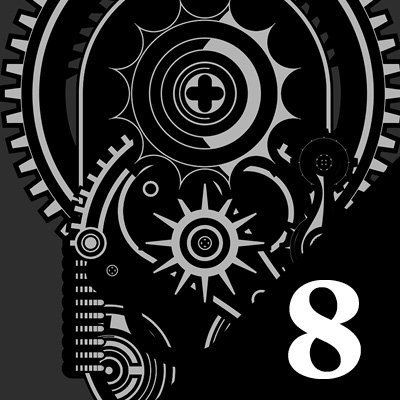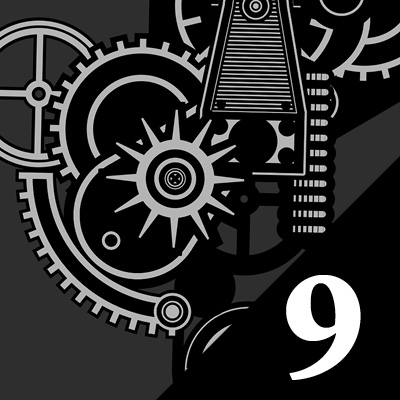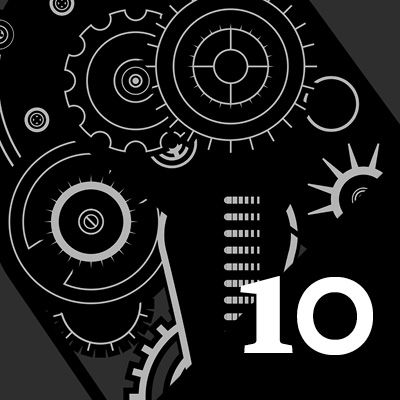Lives of Machines & The Industrial Revolution: 8
A GRANITE BAY DESIGN MICROSITE![]()
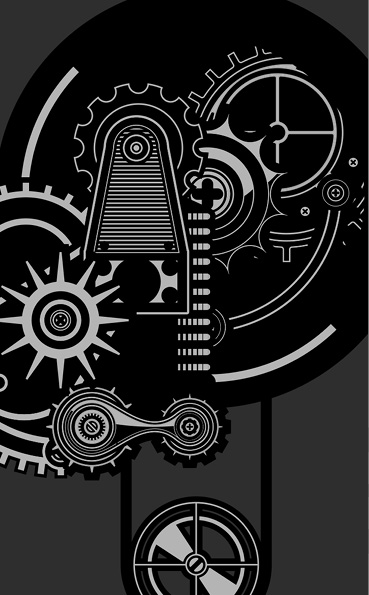 Lives of Machines and
Lives of Machines and
The Industrial Revolution: Part 8
Milestones & Terminology
1866
The Invention of Dynamite: Alfred Nobel invented dynamite, which is a safer way to blast holes in mountains or the ground than simply lighting black powder. Dynamite is important in clearing paths to build things such as roads and railroad tracks. At this time, miners and quarry workers had little to no access to power machines and other powerful technological devices. Dynamite allowed such workers a simple way to destroy mines and rock to use for materials or clear for further industrialization. The Department of Defense replaced black powder with dynamite, granting the Military an exponential increase in power. In addition to using dynamite for static explosions, the Military applications for dynamite are virtually endless. In the 1900s, Military Departments began conducting significant research analyzing potential applications of dynamite in the Military. The modern grenade launcher is stemmed from a Military test carried out in which dynamite was loaded into an artillery weapon and fired over to enemy quarters. This mechanism was known as a dynamite gun, and while the gun itself was deemed too expensive to use, the concept of the gun still helped create a new niche in the weapons industry, grenades. [1]
What are Some Examples of “Mechanical Systems”?
A mechanical system manages power to accomplish a task that involves forces and movement. Modern machines are systems consisting of (i) a power source and actuators that generate forces and movement, (ii) a system of mechanisms that shape the actuator input to achieve a specific application of output forces and movement, (iii) a controller with sensors that compare the output to a performance goal and then directs the actuator input, and (iv) an interface to an operator consisting of levers, switches, and displays. This can be seen in Watt’s steam engine in which the power is provided by steam expanding to drive the piston. The walking beam, coupler and crank transform the linear movement of the piston into rotation of the output pulley. Finally, the pulley rotation drives the flyball governor which controls the valve for the steam input to the piston cylinder. The adjective “mechanical” refers to skill in the practical application of an art or science, as well as relating to or caused by movement, physical forces, properties or agents such as is dealt with by mechanics. Similarly Merriam-Webster Dictionary defines “mechanical” as relating to machinery or tools. [2]
“The prevailing—and foolish—attitude is that a good manager can be a good manager anywhere, with no special knowledge of the production process he’s managing. A man with a financial background may know nothing about manufacturing shoes or cars, but he’s put in charge anyway.”
W. Edwards Deming
The Industrial Revolution
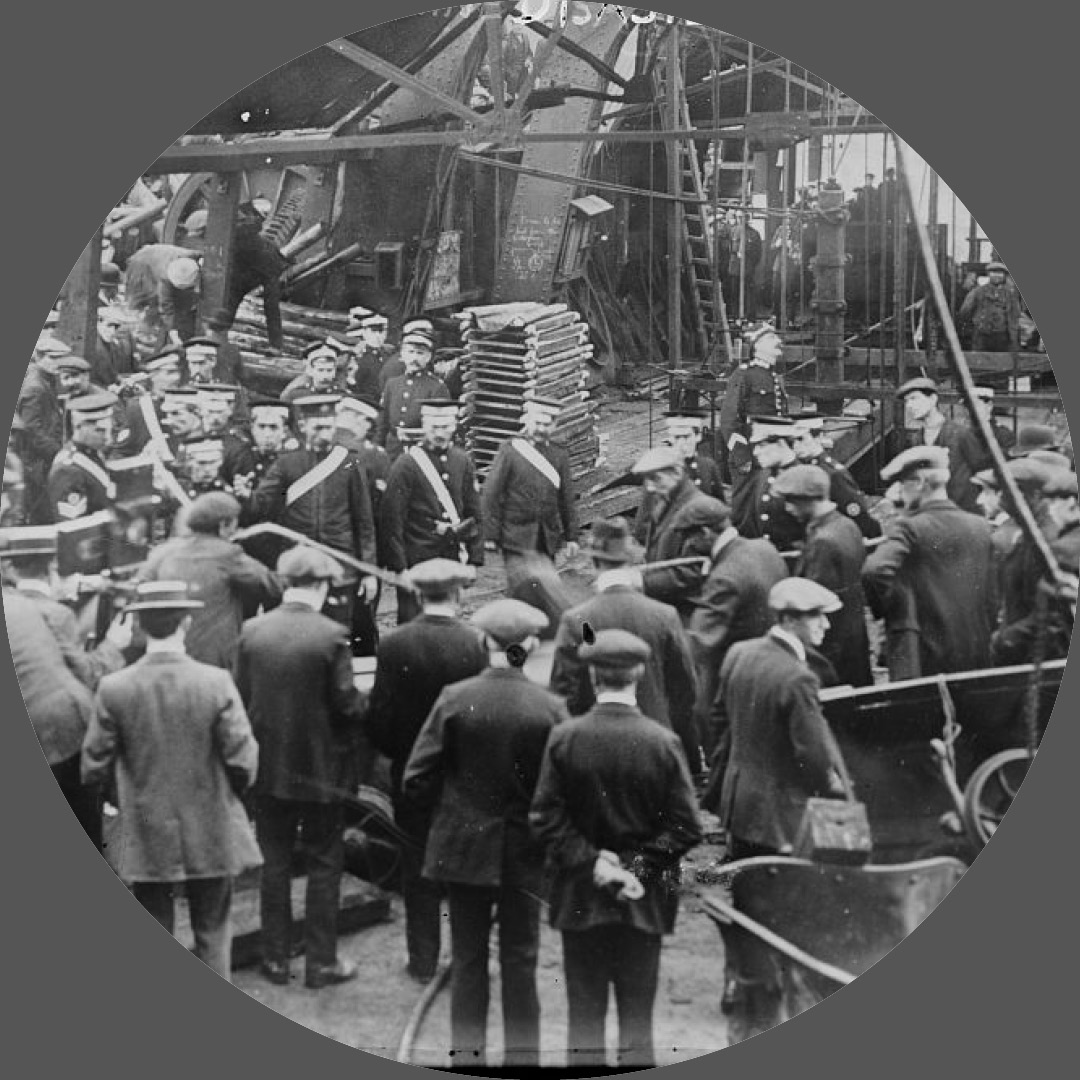

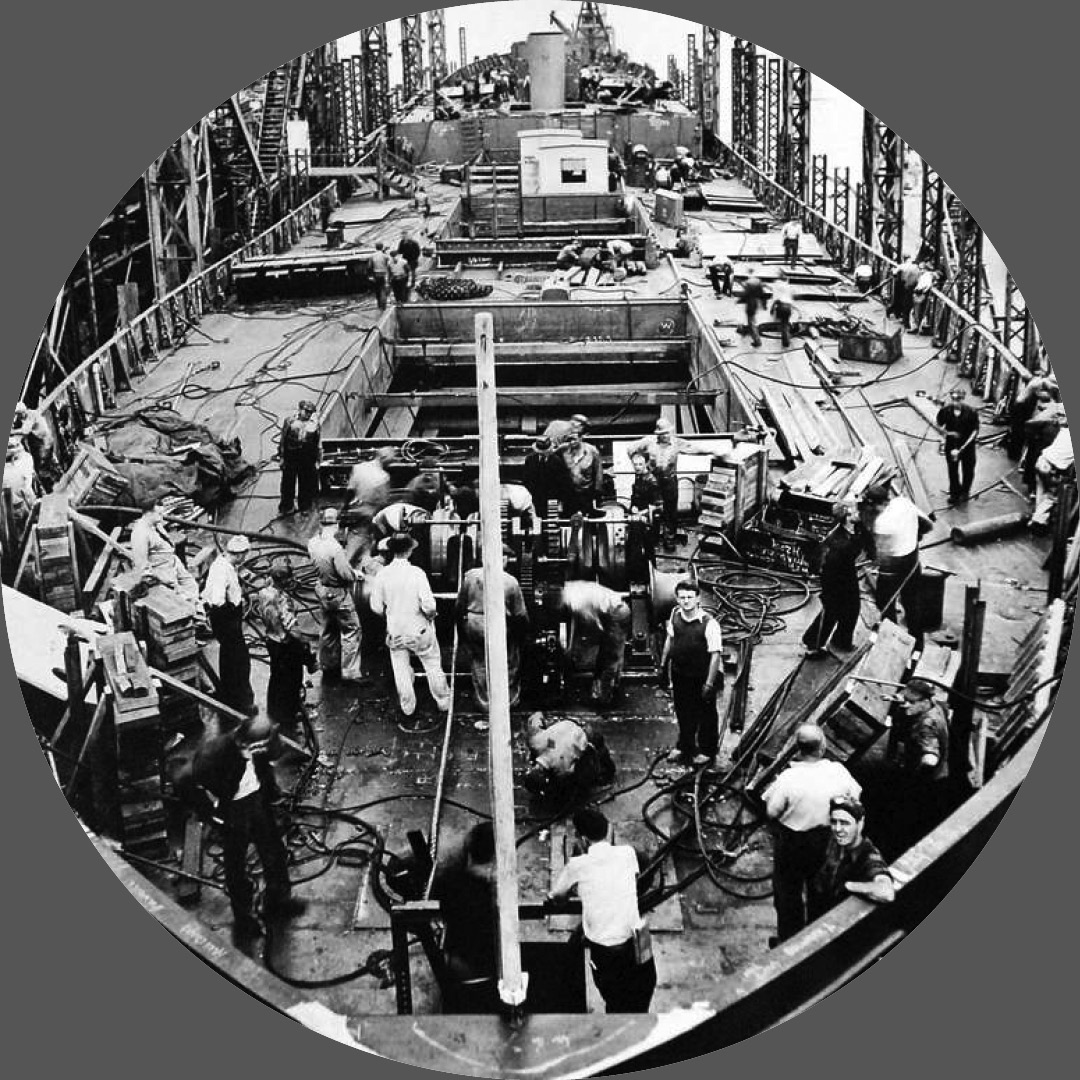
Different strategies and methods of industrialization have been followed over time, with varying degrees of success. The Industrial Revolution in Europe and the United States initially took place under mercantilist and protectionist government policies that fostered the early growth of industry. These later adopted a laissez-faire or free-market approach that encouraged foreign trade, providing new outlets for industrial output. In the post-Second World War era, developing nations across Latin America and Africa adopted a strategy of import-substituting industrialization, which involved protectionist barriers to trade coupled with direct subsidization or nationalization of domestic industries. Nearly at the same time, parts of Europe and several East Asian economies pursued an alternative strategy of export-led growth. This strategy emphasized the deliberate pursuit of foreign trade to build exporting industries and depended in part on maintaining a weak currency to make exports more attractive to foreign buyers. In general, export-led growth has outperformed import-substituting industrialization. [3]
[1] is from one of two sources, either Riyasamdani or Historic UK. [2] is from Wikipedia and [3] is from The Gutenberg Project section on The Industrial Revolution. The period photographs are from a variety of public domain sources. You can use the thumbnail gallery below to navigate through the site.

